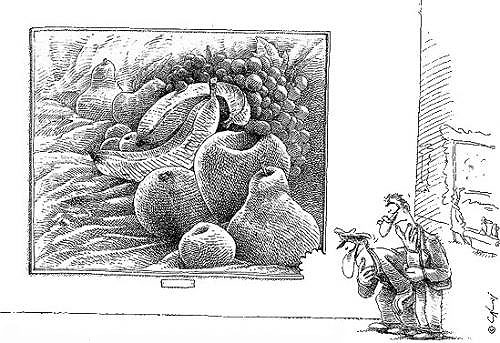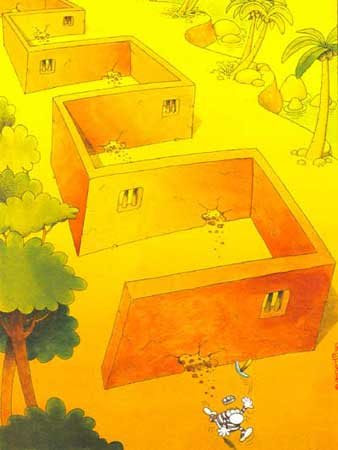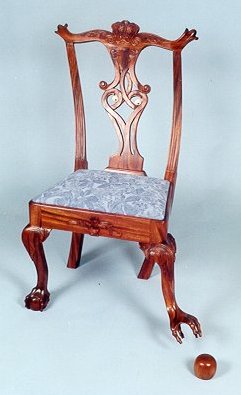Visual Image as Significant Structure and Communication Resource
A Seminar on Visual Communication
by Mariano Akerman
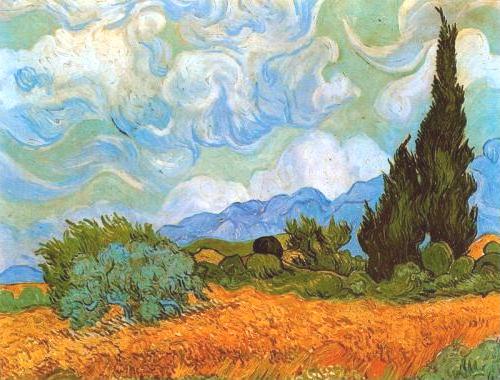
COMSATS Institute of Information Technology (CIIT)
Johar Campus, H-8/1, Chak Shahzad, Islamabad
March 2011
Power in the Picture: Visual Image as Significant Structure and Communication Resource
Session 1
The Visual Image
1. Nature
- Medium
- Type
- Structure
- Context
- Function
- Meaning
2. Representation, Visualization, Creation

Session 2
Visual Communication
1. Communication Theory
- Sender, Message, Receiver
- Means
- Style
- Intention
- Effect
2. Principles of effectiveness
- Design
- Substance
- Decorum
- Originality
- Clarity
- Brevity
- Empathy
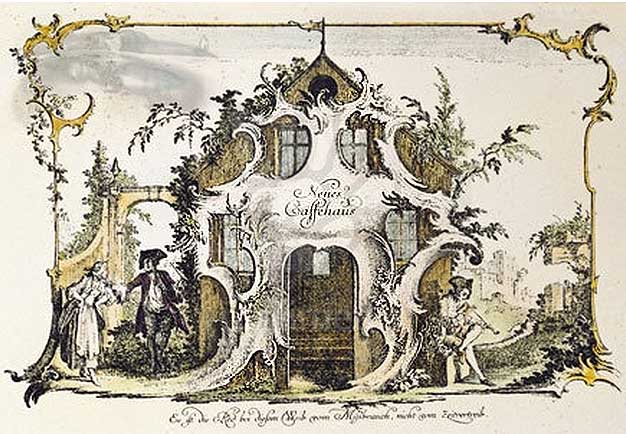
Graphic visualization. Visualization is a multidisciplinary field concerned with the generation of images, diagrams, or animations aiming to communicate a message. Visualization through visual imagery has been an effective way to communicate both concrete and abstract ideas since the dawn of man. Examples from history include cave paintings, Egyptian hieroglyphs, Greek geometry, and Leonardo da Vinci's revolutionary methods of technical drawing for engineering and scientific purposes. The development of animation and computer graphics also helped to advance visualization.
Today visualization has ever-expanding applications in medicine and science, education, art, product visualization and interactive multimedia.
A picture is worth a thousand words. This short and memorable saying expresses a truth and has gained credibility through its long use. The adage refers to the idea that a complex idea can be conveyed with just a single still image. It also aptly characterizes one of the main goals of visualization, which aims to make possible the absortion of large amounts of data quickly.
It is believed that the modern use of the phrase stems from an article by Fred R. Barnyard, which carries an ad entitled "One Look is Worth A Thousand Words" (Printers' Ink, 1921; The History of A Picture's Worth).
Despite the twentieth-century origin of the popular phrase, the sentiment has been expressed by earlier writers, such as the Russian writer Ivan Turgenev who wrote that "A picture shows me at a glance what it takes dozens of pages of a book to expound" (Fathers and Sons, 1862). The idea is sometimes also attributed to Napoleon Bonaparte, who said "Un bon croquis vaut mieux qu'un long discours" (A good sketch is better than a long speech). Significantly, his words are often translated "A picture is worth a thousand words" and such translation may not predate the phrase's common use in English.
A Seminar on Visual Communication
by Mariano Akerman
COMSATS Institute of Information Technology (CIIT)
Johar Campus, H-8/1, Chak Shahzad, Islamabad
March 2011
Power in the Picture: Visual Image as Significant Structure and Communication Resource
Session 1
The Visual Image
1. Nature
- Medium
- Type
- Structure
- Context
- Function
- Meaning
2. Representation, Visualization, Creation

Session 2
Visual Communication
1. Communication Theory
- Sender, Message, Receiver
- Means
- Style
- Intention
- Effect
2. Principles of effectiveness
- Design
- Substance
- Decorum
- Originality
- Clarity
- Brevity
- Empathy

Graphic visualization. Visualization is a multidisciplinary field concerned with the generation of images, diagrams, or animations aiming to communicate a message. Visualization through visual imagery has been an effective way to communicate both concrete and abstract ideas since the dawn of man. Examples from history include cave paintings, Egyptian hieroglyphs, Greek geometry, and Leonardo da Vinci's revolutionary methods of technical drawing for engineering and scientific purposes. The development of animation and computer graphics also helped to advance visualization.
Today visualization has ever-expanding applications in medicine and science, education, art, product visualization and interactive multimedia.
A picture is worth a thousand words. This short and memorable saying expresses a truth and has gained credibility through its long use. The adage refers to the idea that a complex idea can be conveyed with just a single still image. It also aptly characterizes one of the main goals of visualization, which aims to make possible the absortion of large amounts of data quickly.
It is believed that the modern use of the phrase stems from an article by Fred R. Barnyard, which carries an ad entitled "One Look is Worth A Thousand Words" (Printers' Ink, 1921; The History of A Picture's Worth).
Despite the twentieth-century origin of the popular phrase, the sentiment has been expressed by earlier writers, such as the Russian writer Ivan Turgenev who wrote that "A picture shows me at a glance what it takes dozens of pages of a book to expound" (Fathers and Sons, 1862). The idea is sometimes also attributed to Napoleon Bonaparte, who said "Un bon croquis vaut mieux qu'un long discours" (A good sketch is better than a long speech). Significantly, his words are often translated "A picture is worth a thousand words" and such translation may not predate the phrase's common use in English.
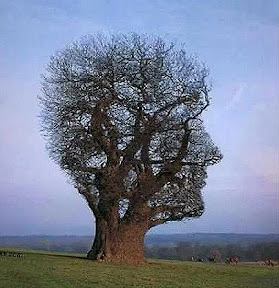

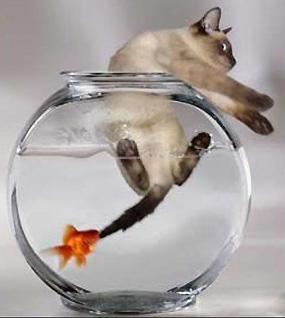




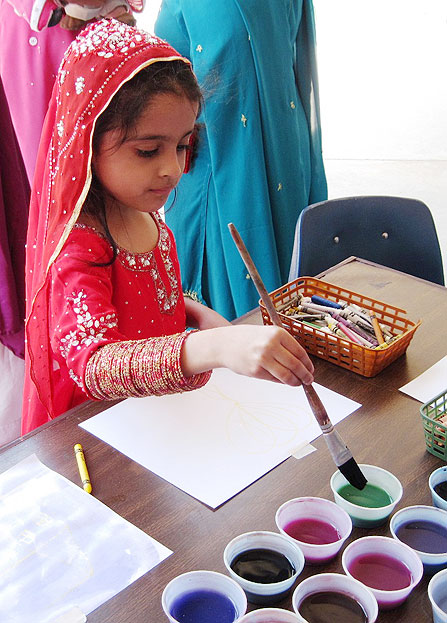





 To celebrate Pakistani culture, a workshop and exhibit organized by painter Mariano Akerman take place at the ISOI today.
To celebrate Pakistani culture, a workshop and exhibit organized by painter Mariano Akerman take place at the ISOI today.






